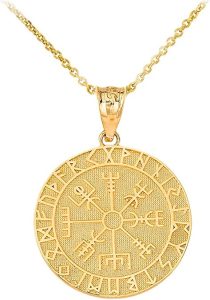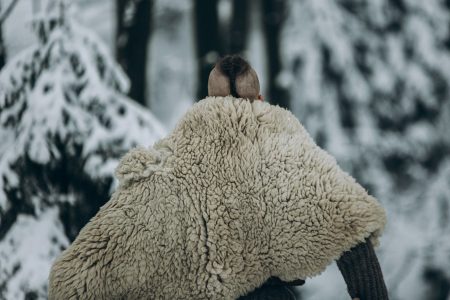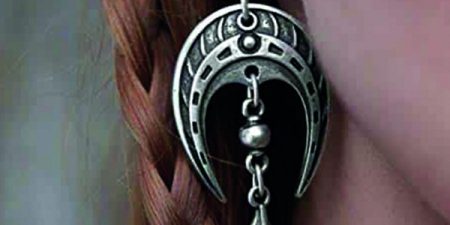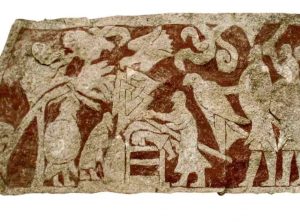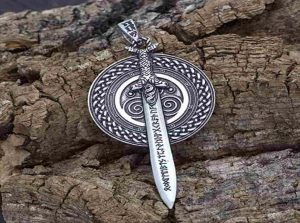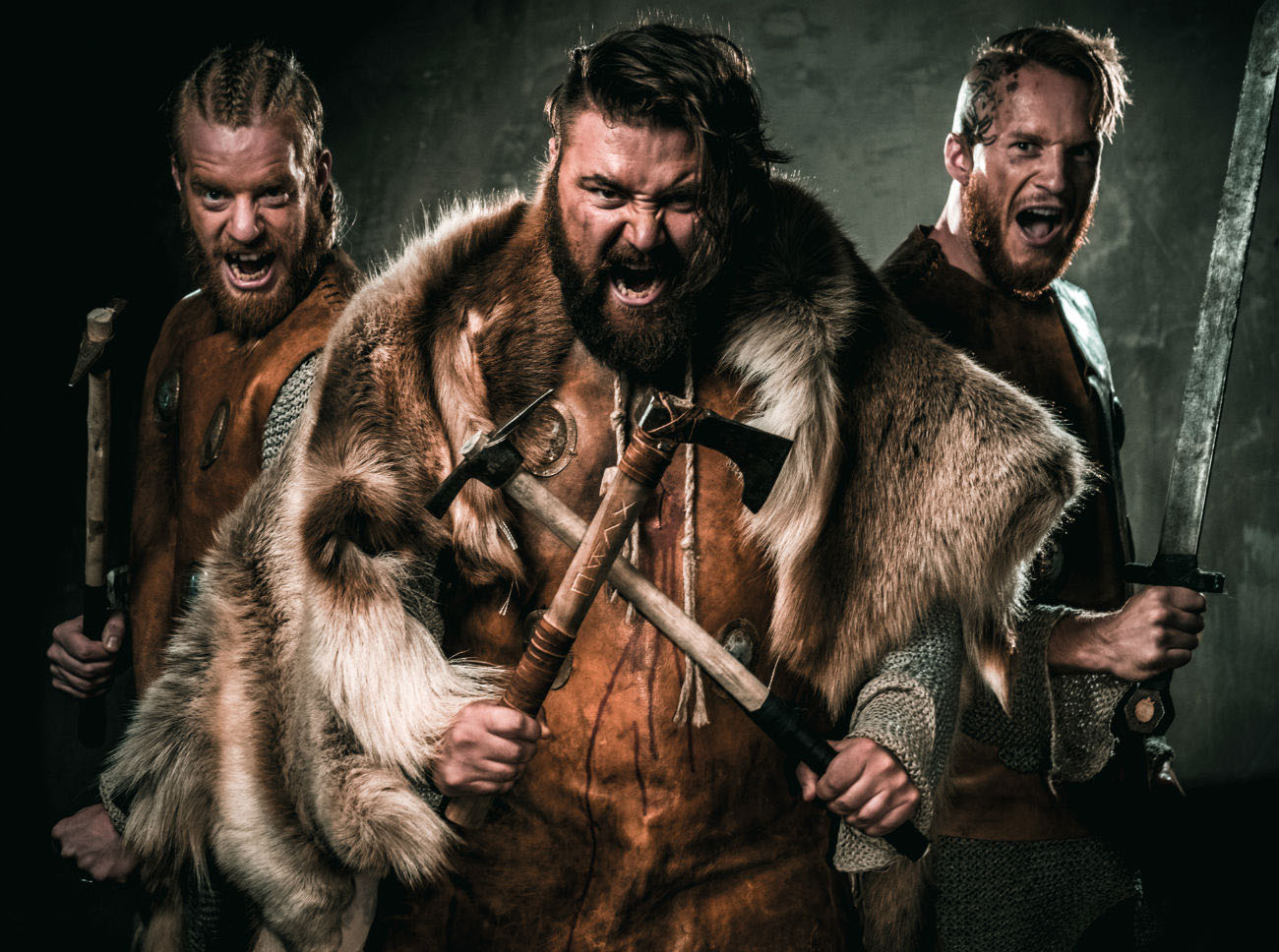Contrary To The Popular Image Most People Have Of Vikings In Their Mind, A Typical Day Would Not Mean Fighting And Killing People From Dust Till Dawn. Neither Does Their Characterization As Unhygienic And Constantly Drunk Fit Historical Records.
Yes, They Were Brave! Yes, They Fought A Lot! But Their Life Also Had A Peaceful, Family Side.
If You Were A Viking Man, Then Your Core Activity Would Be Farming, And From Time To Time You Would Spend Time With Other Men In The Tribe At Longhouse Feasts. If You Had To Hunt Or Get Around On The Totally Frozen Ground, You Would Hop On Your Skis And Slid On Top Of The Ice (Skis, Skates, And Sleds Have Been Discovered In The Territories Where A Long Time Ago The Vikings Lived).
If You Were A Viking Woman, You Would Be In Charge Of Domestic Balance. This Wasn’t An Easy Job For The Viking Women, But They Proudly Achieved These Duties, Receiving Respect And Appreciation For Their Work And For Their Role In The Viking Society. As A Curiosity, The Divorce Possibility Existed For The Women In The Viking Culture. If A Woman Was Not Happy With Her Marriage, She Could Divorce, Even If The Practice Was Not Common Or Often Encountered.
But Things Didn’t Always Go Smoothly For Women (Don’t Forget We’re Talking About Pre-Medieval Society), And Even If The Laws Were Written By Men And Most Of The Times Followed By Men, They Also Addressed This Women’s Need For A Fulfilling Marriage. In The Evening, Men, Women, Elders And Children, They All Gathered By The Fire, Told And Listened To Stories. Innate Storytellers, They Didn’t Share The Tales Only For Fun And Entertainment; They Were An Essential Means Of Educating The Whole Community And All The Generations About The Viking History, Culture, Legends And Faith.
What did the Vikings eat?
The Vikings raised animals, grew gardens and farmed crops, they ate what they produced on their farms or what they could gather, fish or hunt. They maintained small to medium-sized farms, which usually were enough to support a traditional extended family for years. They had two main meals a day, and these were: dagmal (day meal, breakfast, served an hour after rising) and nattmal (the night meal, served at the end of the working program). Their diet was rich in fish, meat, fowl, dairy, wild greens, fruit, bread and various vegetables. The Viking women cooked the meals over an open fire pit using iron pots and cauldrons.
What did the Vikings wear?
It’s quite hard to find a fabric that survived a millennium, but there are some Viking clothing pieces in museums. The most accurate information about their clothing style and materials used comes from their tales and sagas.
The Vikings had a very simple and practical clothing style: men wore a tunic over trousers and women wore long dresses with another apron-style dress over (two brooches fastened apron dress’ straps over the shoulders). Children wore the same simple styles, designed in smaller dimensions.
Their clothes were often made of wool (women spent a lot of time spinning wool, carding it, weaving fabric and making the clothes for all family members), dyed in various colours with vegetable-based dyes, and the shoes were crafted from durable goat’s leather. Their accessories (for example, women’s brooches or necklaces) were made of ivory, bone, silver, bronze and for the wealthier Viking people even made of gold.
Growing up as a Viking
Much like most of the ancient world cultures, Viking children did not go to school as children do nowadays. They had to focus on learning the duties, and they had many chores and responsibilities at the family farm. They had little time to play with other children, but this was the way things were those days, and children enjoyed their life as it was.
The boys, having their fathers’ model, learned all the work they had to do when they would grow up, and the girls spent a lot of time with the women in their families, to get accustomed with women’s duties and responsibilities in a Viking family. The Viking children took things seriously so, at the age of ten, they were able to run a farm with little help from adults.
Gender roles were well defined, and people were happy to fill in these roles in the community. Beyond farming, the boys would learn how to fight using swords, axes, and spears. Strong girls would also be taught how to fight, and there have also been discovered some women Viking warrior graves. Formal schools did not exist in those times, and the children learned mostly by listening to the elders’ stories or by doing their daily duties. Being part of the community was an essential factor that influenced how much one could learn and develop. Viking children would also have the opportunity to learn to trade from their parents, as they exchanged goods with other peoples they encountered in their explorations.



